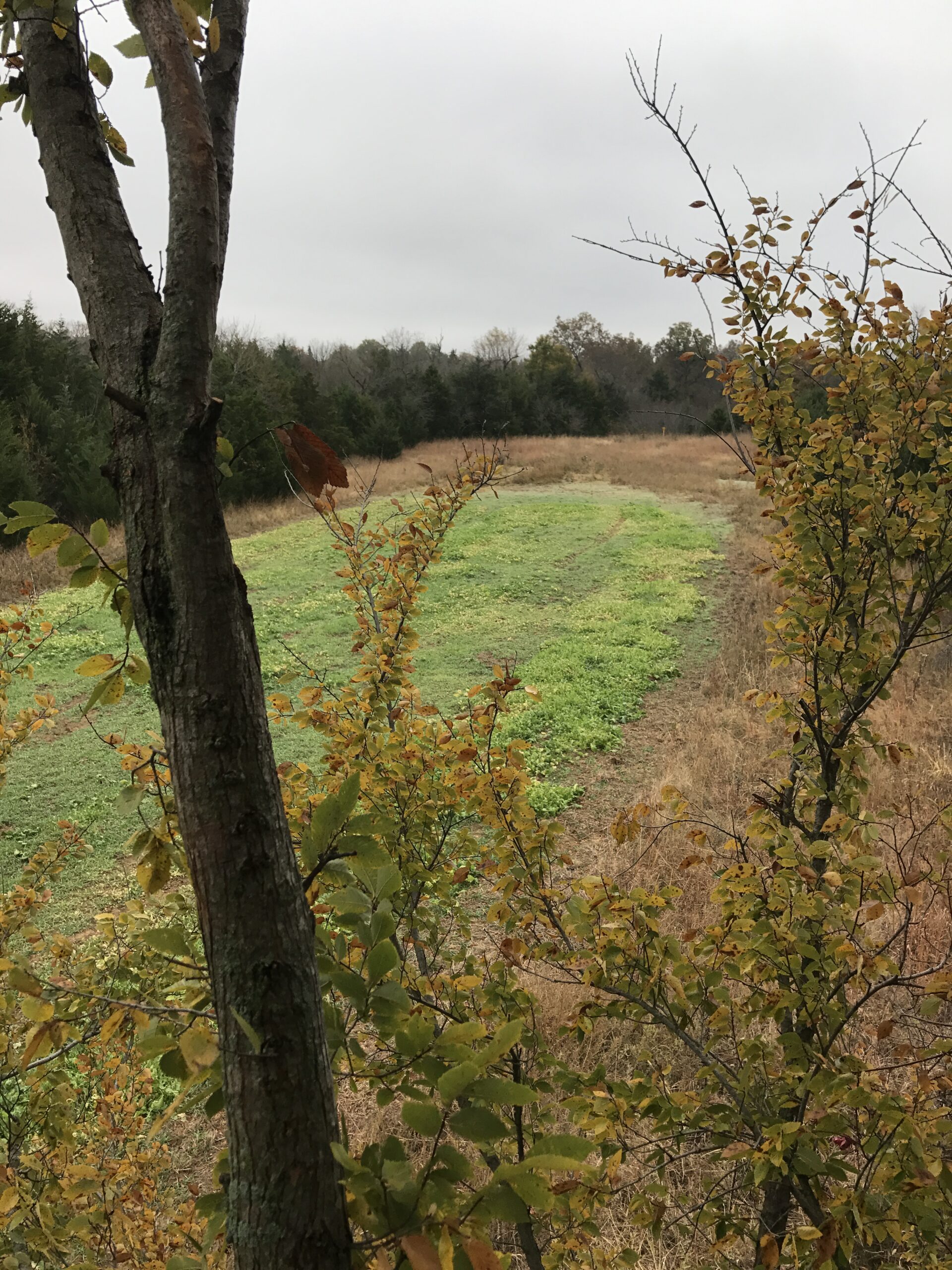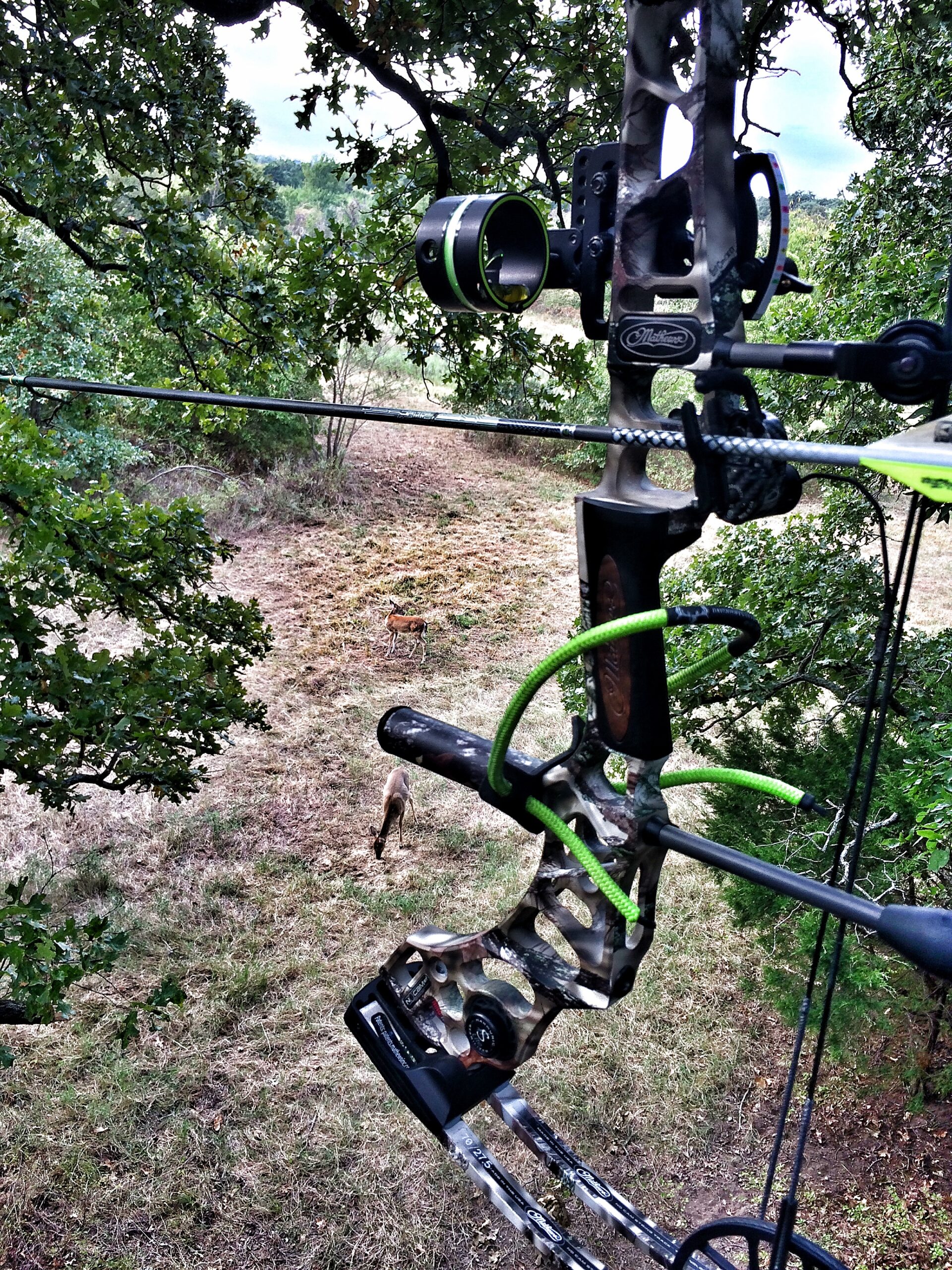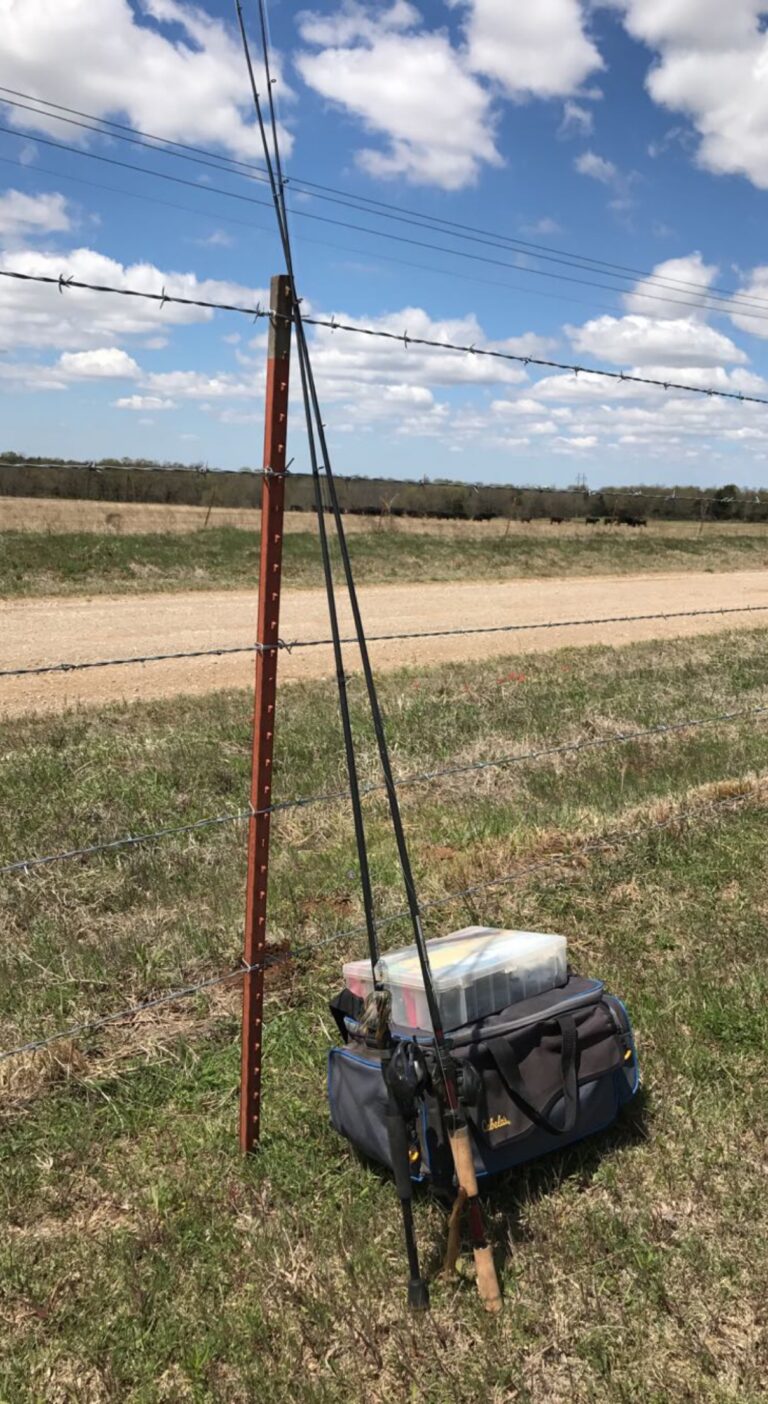Hunting Land Management 101: Strategies For Maximizing Your Success
Table of Contents
- Introduction: In this article we will discuss the different strategies you can use to optimize your success this hunting season. Effective land management practices can significantly impact hunting success.

Food Plot Preparation
- Food Plot Planning
- Knowing your area and what kind of game you are trying to attracting is vital to planting a food plot, as well as soil conditions and weather in your area. I have had a lot of success with planting a combination of winter wheat, soy peas, and turnips. With opening day of deer season October 1st, I have always aimed to get seed in the grown no later than late August. Winter wheat is a good early season crop that sprouts fairly quick and allows the peas and turnips to grow and produce excellent late season food.
- Where to plant a food plot is also a key focus. You want a good area that would allow you to hunt out of a tree stand and a ground blind. Always plan out your hunt from the ground, before any seed goes into the ground look at the surrounding area. Which trees are going to be the best to hunt out of and where to set up if you are going to hunt off the ground.
- Soil preparation, for starters it is always a good idea to have a soil sample sent off to a lab to see what kind of fertilizers you should use. I like to use Greenview 10-10-10, without food your crop will not grow to its full potential. For a first time food plot an offset disc is the easiest way to prep the soil for seed. I prefer to use one that I can drag behind a ATV.
- Planting a food plot is not rocket science but knowing when, how, and where can make a world of difference. Just like anything else the more you do it the better you get and don’t be afraid to try different crop combinations.
Habitat Enhancement For Trophy Game

- Creating Ideal conditions
- In order to bag big game you have to create an environment that allows yourself the opportunity to do so. Remember you are in the backyard of the game you are hunting, therefore you have to think like a deer. In all of my years hunting I have noticed that all of the bucks that are on my list normally like to stick around in areas that they are comfortable. Heavily timbered areas for example, I remember countless times that I have been sitting in a tree stand and seeing a deer that I wanted to take but I didn’t take all the necessary steps to allow a successful hunt. Whether the timber was to thick or my shooting lanes weren’t cut properly. You have to take the initiative to create the ideal conditions for a successful hunt.
- Land management is something that can turn an average season to a season that you will remember forever. Once you pick out a spot that you know deer are going to travel decide if you are going to hunt in the air or on the ground then focus on clearing out just enough foliage that gives you the upper hand, but be careful and don’t get carried away and ruin a good spot.
- Habitat Enhancements does not have to be complicated, minor tweaks to a given area can make a world of difference. It could be a simple as cutting down shrubs, or removing dead trees and limbs.
Water Management
- Managing a water source
- Water management can not only diversify the wildlife on your land but it can also add to the value of a property. Water sources are critical for creating a wildlife haven. A pond or creek is ideal but is not necessary. Using an inexpensive water trough you dramatically change the dynamic of your land.
- Naturally in the spring time all of the greens have a high water content but as the season goes on plants will start to dry out. A 200 pound whitetail deer can drink up to 5 quarts of water a day. With water being just as important as food many hunters and land managers would opt into digging a permeant watering hole. With the right location a small pond would stay full year around.
- Managing an existing water source can also help improve a property. Lilly pads can completely over run a pond making it useless Aquacide Pellets are great for managing all types of growth in a pond, safe for fish and all other animals that comes into contact with it.
Predator Management

- Managing Game Population Balance
- Wildlife conservation is one of if not the most important parts of land management. Predator and prey ratio is something to take into consideration, if a certain area is over ran buy predators then hunting will most certainly take a direct impact. It is crucial to get an even balance of predators and prey.
- Trapping is a great way of reducing the predator numbers in your area. Cage traps are a great option for varmints as well as bobcats, if you are looking to relocate. Foot traps are the way to go if you want to give pelt collecting a go.
- Predator hunting is also a great way to manage the varmints in your area coyote and bobcat hunting are some of the most productive ways to manage the predator prey combination on your property.
- Be sure to leave a balanced ratio to avoid over populating numbers of prey.
Summary
Land management can be inexpensive changes that can have lead to huge amounts of success for hunters and property owners. Wether you have 5 acres or 500 acres you alone can turn an average property into a wildlife haven that you can enjoy for years to come. I hope that you can take something from this and apply it to your land management journey.
